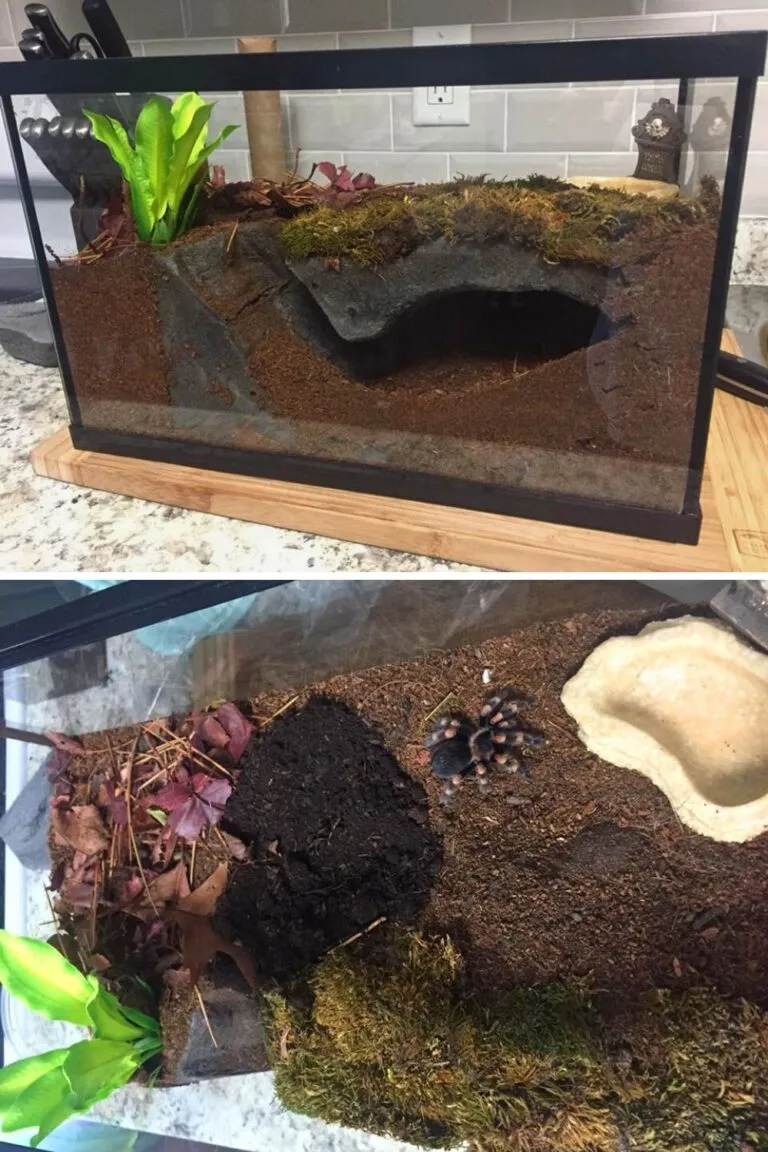What Makes a Great Tarantula Enclosure
Creating the perfect habitat for your tarantula is crucial for its health, happiness, and longevity. A well-designed enclosure provides the necessary environment for your spider to thrive, mimicking its natural habitat as closely as possible. This guide will walk you through the essential aspects of setting up the best tarantula enclosure, ensuring a safe and stimulating home for your eight-legged friend. Proper enclosure design goes beyond aesthetics; it directly impacts your tarantula’s well-being, from regulating temperature and humidity to providing adequate space for movement and burrowing. Careful consideration of all these factors is key.
Size Matters Choosing the Right Enclosure Size
The size of your tarantula enclosure is paramount. A too-small enclosure can restrict movement and lead to stress, while an enclosure that is excessively large can make it difficult for the tarantula to find food and feel secure. Generally, the width of the enclosure should be at least twice the tarantula’s leg span, and the length should be about the same. Height requirements vary based on whether your tarantula is terrestrial, arboreal, or fossorial. Always consider the adult size of your tarantula species when selecting an enclosure, as juveniles will need to be rehomed as they grow. Providing ample space supports natural behaviors, reduces stress, and allows for better temperature and humidity regulation.
Tarantula Species and Their Enclosure Needs
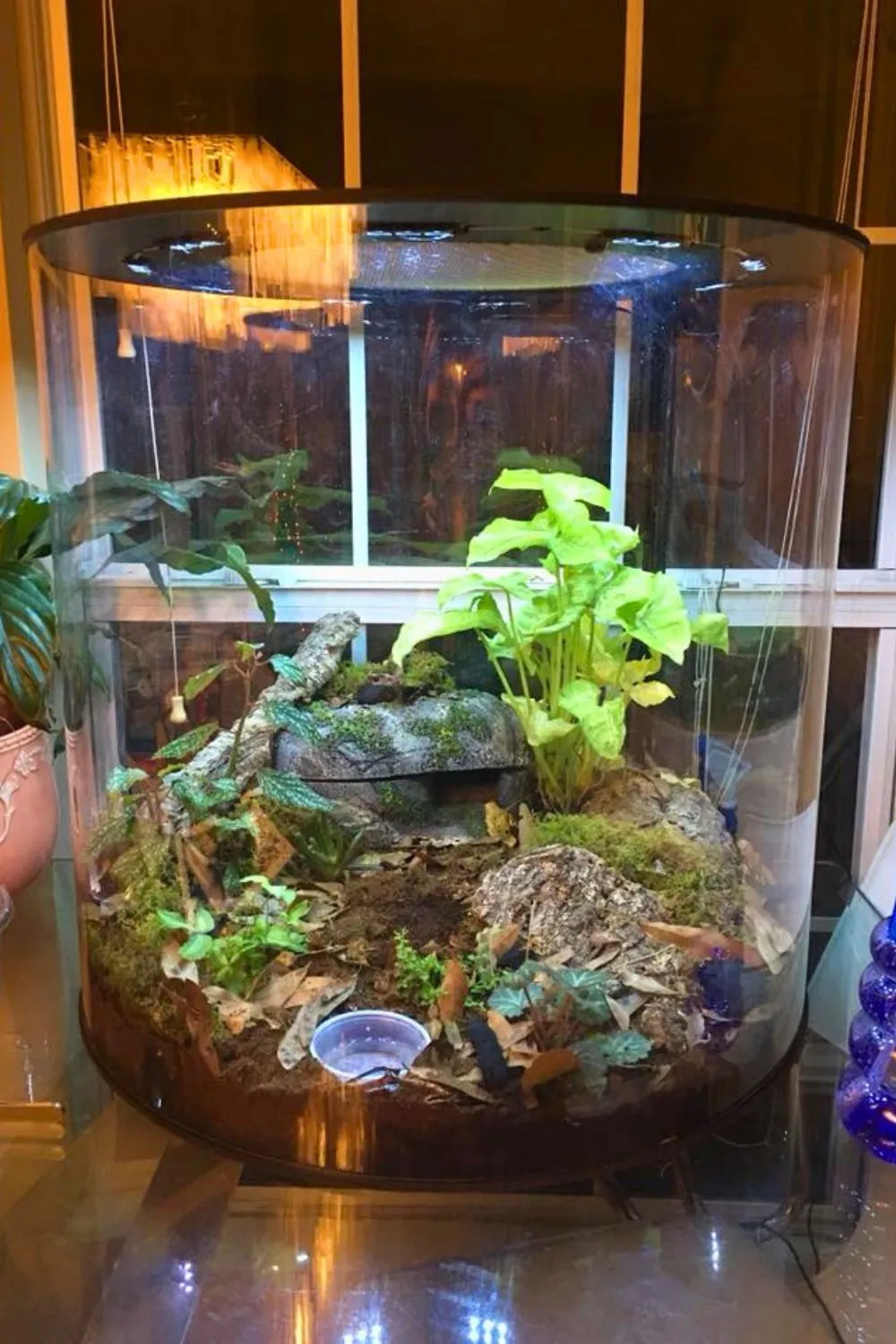
Different tarantula species have varying needs. Terrestrial tarantulas, like the popular Mexican Red Knee, generally prefer more floor space and less height, as they are primarily ground-dwelling. Arboreal species, such as the Pinktoe Tarantula, require taller enclosures with climbing branches and vertical space to mimic their arboreal lifestyle. Fossorial tarantulas, like the Chilean Rose, need deep substrate for burrowing. Research the specific requirements of your tarantula species. Considerations include humidity levels, temperature gradients, and the type of substrate that best suits their natural environment. Understanding these specific needs is fundamental to setting up a successful and enriching habitat.
Glass vs. Acrylic Enclosure Which is Best
Choosing between a glass or acrylic enclosure is a significant decision. Both have their advantages and disadvantages, and the best choice often depends on personal preference, budget, and the specific needs of your tarantula. Glass enclosures are classic and readily available, while acrylic enclosures offer superior clarity and often come with built-in features.
Pros and Cons of Glass Enclosures
Glass enclosures are typically more affordable and widely available. They are scratch-resistant and retain heat well. However, they can be heavier than acrylic alternatives, and glass can sometimes reflect light in ways that may disturb the tarantula. Glass enclosures also tend to have less in the way of built-in features such as feeding doors or ventilation, so it is critical to look for these. They are also more likely to shatter if dropped or subjected to extreme temperature changes.
Pros and Cons of Acrylic Enclosures
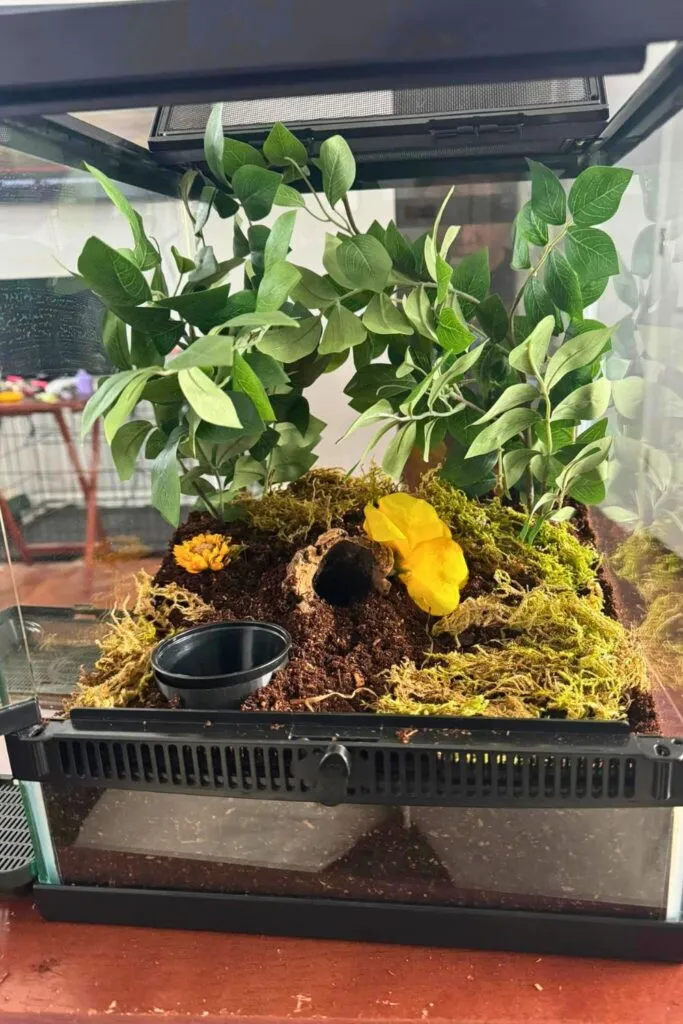
Acrylic enclosures offer superior clarity, allowing for better viewing of your tarantula. They are also lighter and often come with features like built-in ventilation and feeding doors. Acrylic is a better insulator than glass, helping to maintain a stable temperature. However, acrylic is more prone to scratching and can be more expensive. Some owners report that acrylic enclosures can create a static charge, which may attract dust and debris.
Essential Features of a Tarantula Enclosure
Beyond the enclosure material and size, several features are essential for creating a healthy and comfortable environment for your tarantula. These include proper ventilation, a suitable substrate, appropriate hiding places, and the ability to maintain optimal temperature and humidity levels. Careful selection of these features will significantly contribute to the well-being of your spider.
Ventilation Importance for Tarantulas
Proper ventilation is critical to prevent mold growth and maintain healthy humidity levels. Good airflow helps regulate humidity and prevents the buildup of harmful gases. Enclosures should have ventilation holes or mesh tops, ensuring adequate air circulation without allowing the tarantula to escape. The amount of ventilation needed will depend on the specific species and the humidity requirements. Avoid enclosures that trap moisture, as this can lead to fungal infections and respiratory problems for your tarantula. Poor ventilation leads to many health issues.
Substrate and Its Role in Enclosure Setup
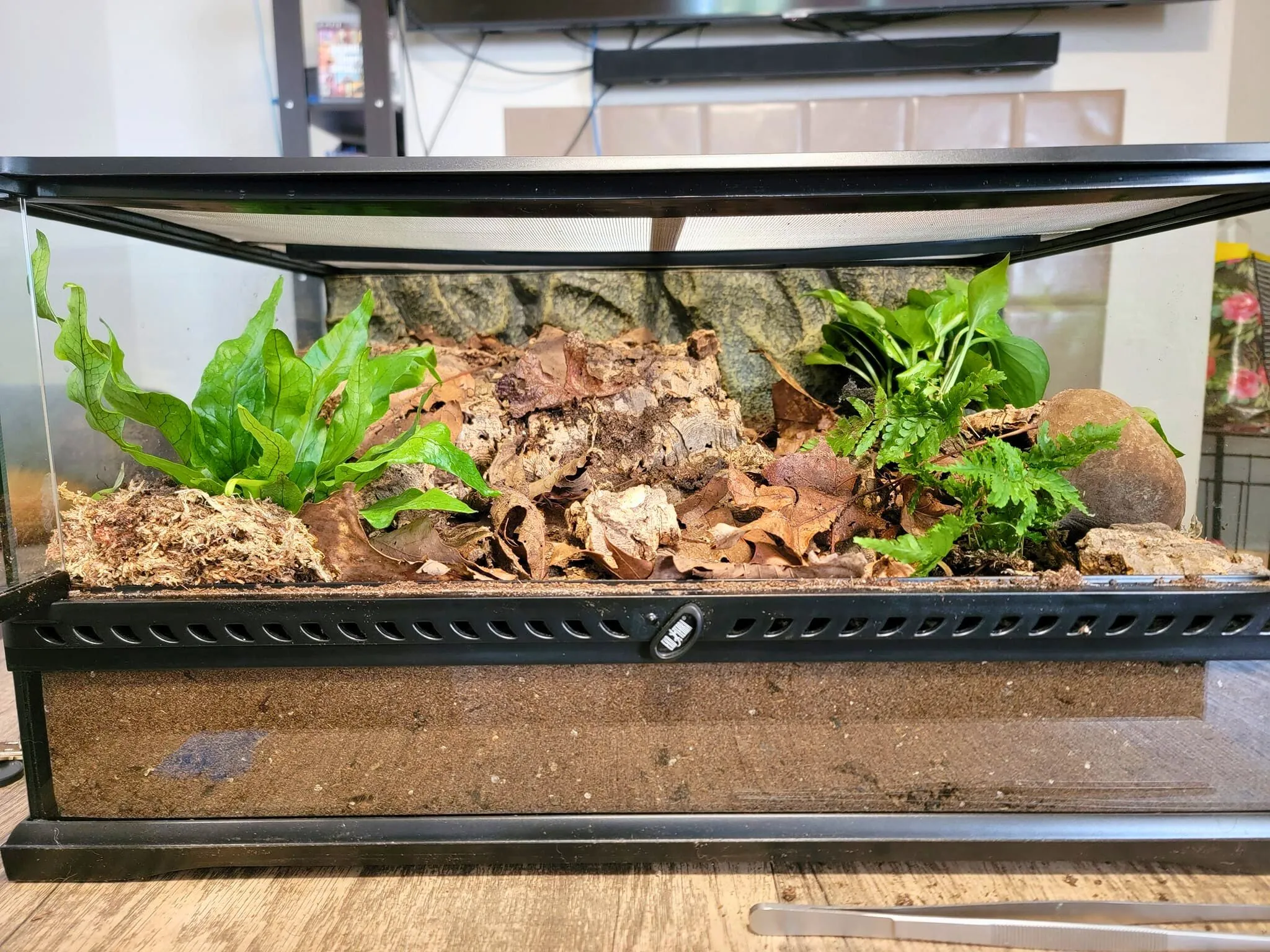
The substrate serves as the floor covering and is essential for maintaining proper humidity, providing a place for the tarantula to burrow (for fossorial species), and acting as a natural surface for the spider to navigate. Suitable substrates include coconut fiber, peat moss, vermiculite, and a mix of these. The depth of the substrate should be appropriate for the tarantula’s burrowing habits. The substrate should be kept slightly moist, but not waterlogged, to maintain the correct humidity levels. Changing the substrate regularly is necessary to prevent the buildup of waste and the growth of mold. Regularly monitor the substrate for signs of mold or excessive dryness.
Hiding Places Decorating Your Tarantula’s Home
Tarantulas are naturally reclusive, and providing hiding places is essential for their well-being. Hides offer security and reduce stress, allowing the spider to feel safe in its environment. Suitable hiding places include cork bark, half logs, artificial plants, and commercially available hides designed for reptiles and arachnids. Place hides strategically within the enclosure to give the tarantula multiple options. Ensure that the hides are stable and won’t collapse on the spider. The presence of hiding places encourages natural behaviors and minimizes stress, leading to a happier and healthier tarantula. They will also provide enrichment.
Maintaining Optimal Temperature and Humidity
Tarantulas are ectothermic, meaning they rely on external sources to regulate their body temperature. Maintaining the correct temperature and humidity levels is vital for their health and survival. The ideal temperature range varies depending on the species, but most tarantulas thrive in temperatures between 70-85°F (21-29°C). Humidity levels also vary by species. Use a thermometer and hygrometer to monitor the enclosure’s conditions. Use a heat source, such as an under-tank heater, to maintain the correct temperature. Misting the enclosure with water can increase humidity, but avoid over-misting, which can lead to mold growth. Proper regulation is essential for molting and overall health.
Setting Up Your Tarantula Enclosure Step by Step

Setting up a tarantula enclosure is a straightforward process, but careful planning and execution are essential. Follow these steps to create a safe and comfortable home for your tarantula.
Preparing the Enclosure
Before introducing any components, clean and sanitize the enclosure. Rinse the enclosure with warm water and, if necessary, use a mild reptile-safe disinfectant. Ensure that the enclosure is completely dry before adding any substrate or decor. Inspect the enclosure for any potential hazards, such as sharp edges or gaps where the tarantula could escape. Also, ensure that all ventilation is secure and cannot allow for escape.
Adding Substrate and Decor
Add a layer of the appropriate substrate to the enclosure. The depth will depend on the species of tarantula. Place the substrate evenly across the bottom of the enclosure. Then, add any decorations, such as hides, branches, or artificial plants. Arrange the decorations to provide hiding places and climbing opportunities, depending on the species’ needs. Make sure all decorations are secure and won’t topple over. Maintain the optimal level of humidity for the species. The ideal placement for a water dish is also crucial at this stage.
Introducing Your Tarantula to its New Home
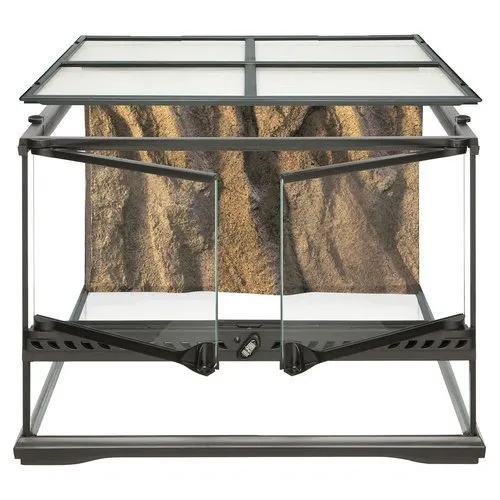
Once the enclosure is set up, gently introduce your tarantula. Open the container your tarantula arrived in and allow it to walk into its new habitat on its own. Avoid handling the tarantula unless absolutely necessary. Give your tarantula time to acclimate to its new surroundings. Provide water and begin offering food a few days later. Make sure to monitor the tarantula for stress signs and make adjustments to the enclosure if needed. Observe its behavior and ensure the enclosure is a safe and stress-free environment.
Feeding and Watering Your Tarantula
Providing proper nutrition and hydration is essential for your tarantula’s health and well-being. Tarantulas are carnivorous and require a diet of live insects. They also need a constant supply of fresh water. Understanding their dietary needs is crucial for keeping your tarantula healthy and thriving.
Best Practices for Feeding
Feed your tarantula appropriately sized insects, such as crickets, mealworms, or roaches. The size of the prey should be no larger than the tarantula’s body. Feed juvenile tarantulas 1-2 times per week and adult tarantulas every 1-2 weeks. Remove any uneaten food within 24 hours to prevent stress. Avoid feeding your tarantula insects that have been exposed to pesticides. It is important to monitor your tarantula’s feeding habits. A tarantula that refuses food might be preparing to molt, or there may be other issues.
Watering Requirements
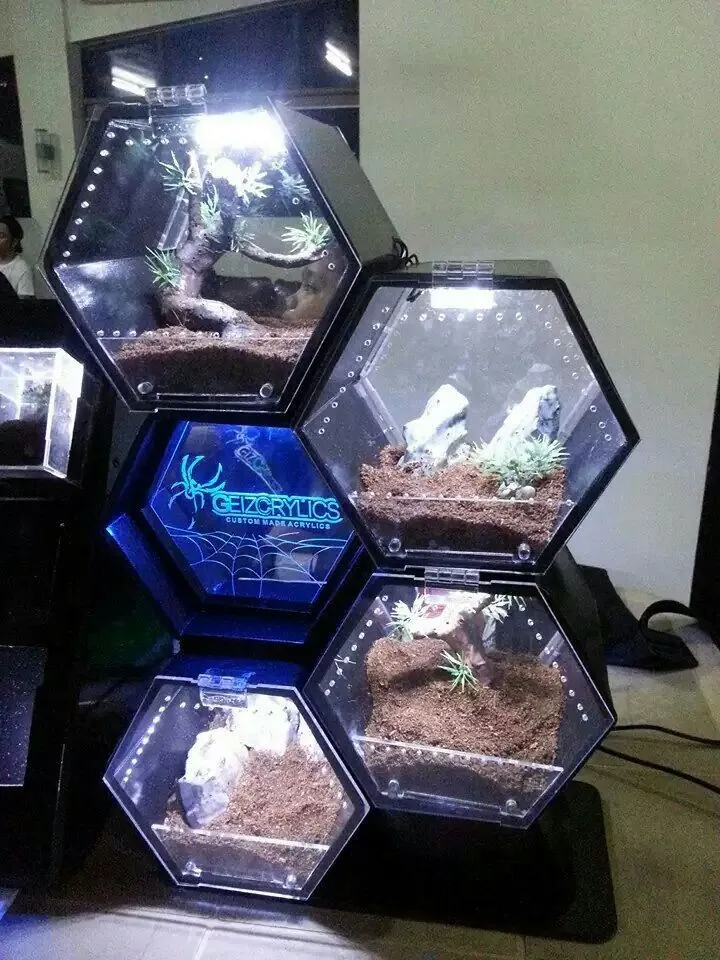
Provide your tarantula with a shallow water dish that is easily accessible. The water dish should be cleaned and refilled with fresh water regularly. For juvenile tarantulas, use a small water dish or a bottle cap. Some tarantula keepers also mist their enclosures to maintain humidity, but avoid over-misting. Misting can also provide an additional source of water. Always ensure that the water source is clean and easily accessible. Regular access to fresh water is vital for survival.
Regular Enclosure Maintenance Cleaning and Upkeep
Regular maintenance is essential to keep your tarantula’s enclosure clean and healthy. This includes spot cleaning to remove waste and uneaten food and performing a full enclosure cleaning periodically. Routine maintenance helps prevent the buildup of bacteria and mold. Consistent and diligent care ensures a healthy and thriving environment for your tarantula.
Spot Cleaning and Full Enclosure Cleaning
Spot clean the enclosure regularly by removing any waste, uneaten food, and dead insects. This should be done at least once a week. Perform a full enclosure cleaning every few months, depending on the species and the rate of waste accumulation. Remove the tarantula safely to a temporary container. Remove all substrate and decorations and clean the enclosure thoroughly with a reptile-safe disinfectant. Replace the substrate with fresh material and reintroduce the decorations. Proper cleaning practices are vital for avoiding disease and illness.
Health Monitoring and Problem Solving
Regularly observe your tarantula for signs of illness or stress. Be familiar with the signs that something is wrong, such as loss of appetite, lethargy, or unusual behavior. Monitor the enclosure conditions closely and make adjustments if needed. If you notice any health issues, consult a veterinarian experienced in treating arachnids. Being proactive and vigilant helps to identify and address any potential problems promptly. Preventative care, combined with vigilance, is critical for a happy and healthy spider.
By following this comprehensive guide, you’ll be well-equipped to create the best tarantula enclosure for your spider. Remember that each species has unique requirements, so research thoroughly and adjust the setup to meet the needs of your specific tarantula. Providing the right environment is the first step towards enjoying a long and rewarding experience with your fascinating pet. With a little care and attention, you can give your tarantula the perfect home and a fulfilling life.
